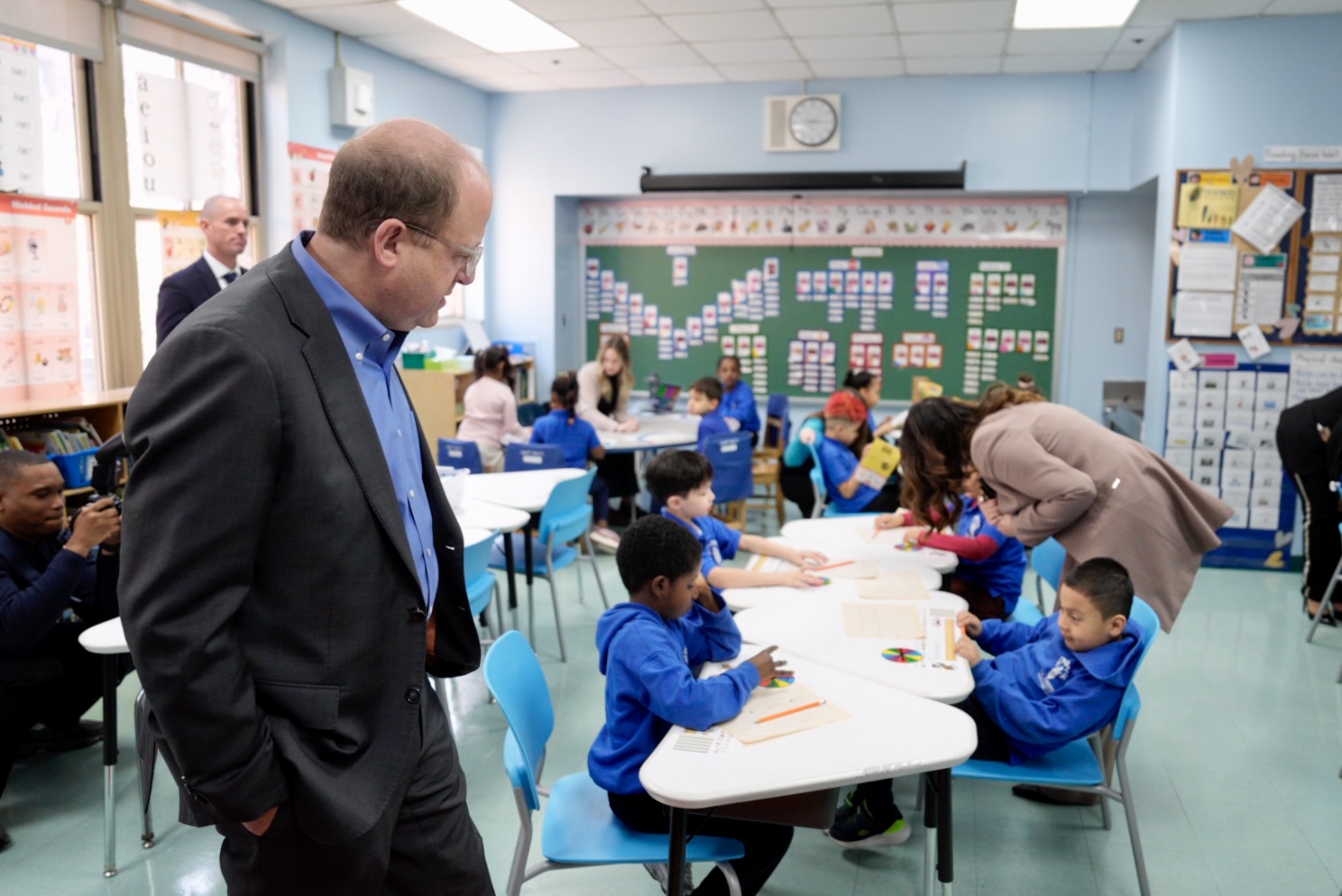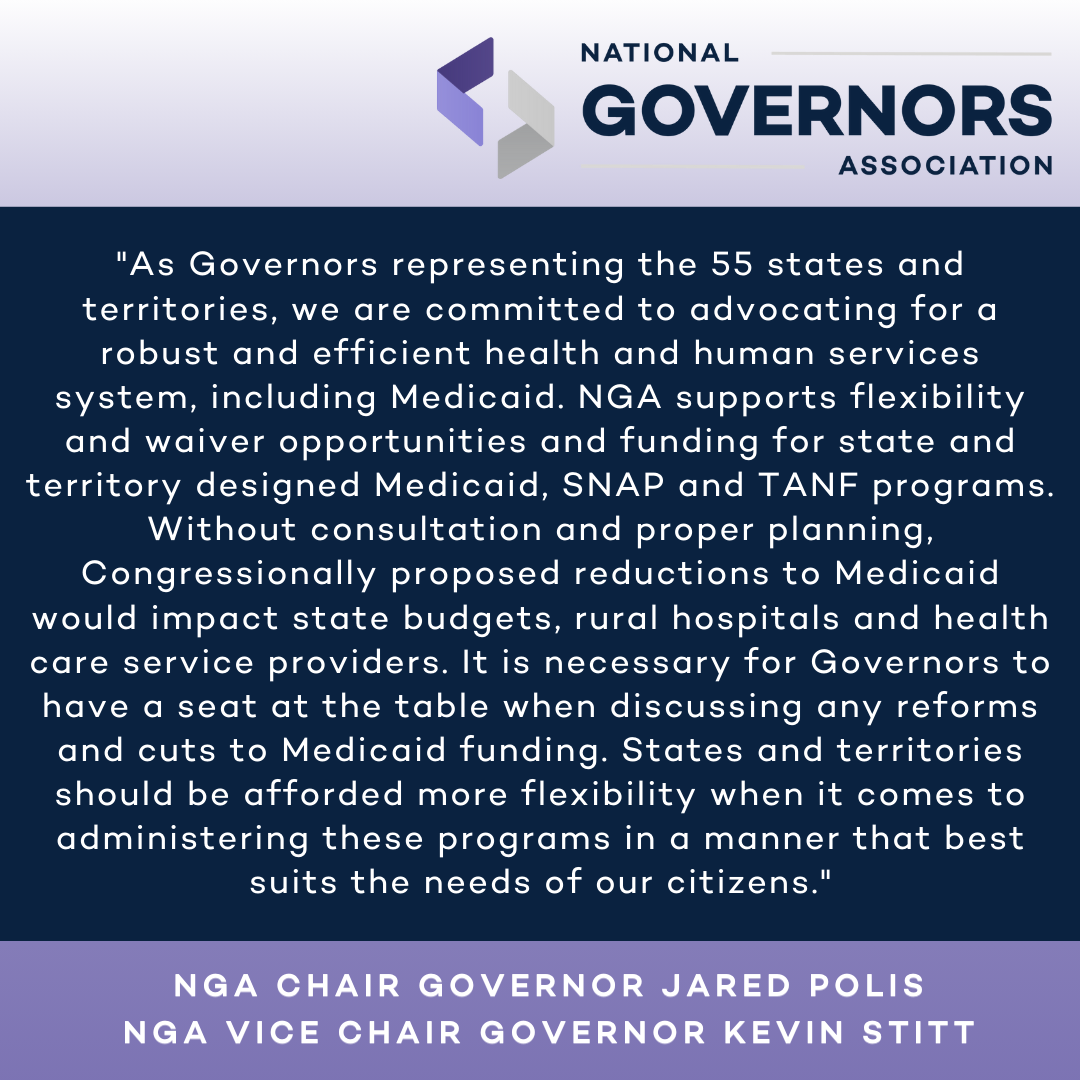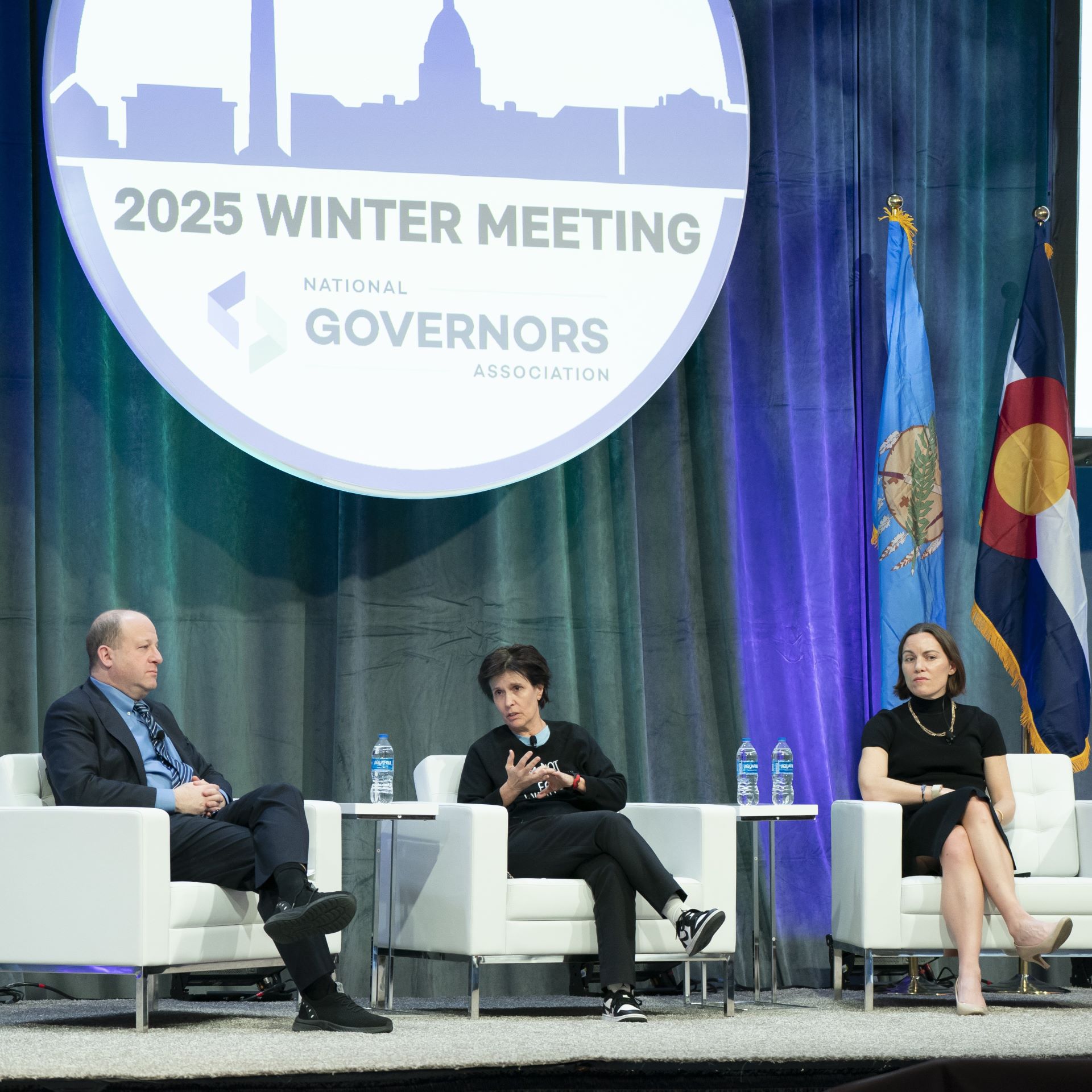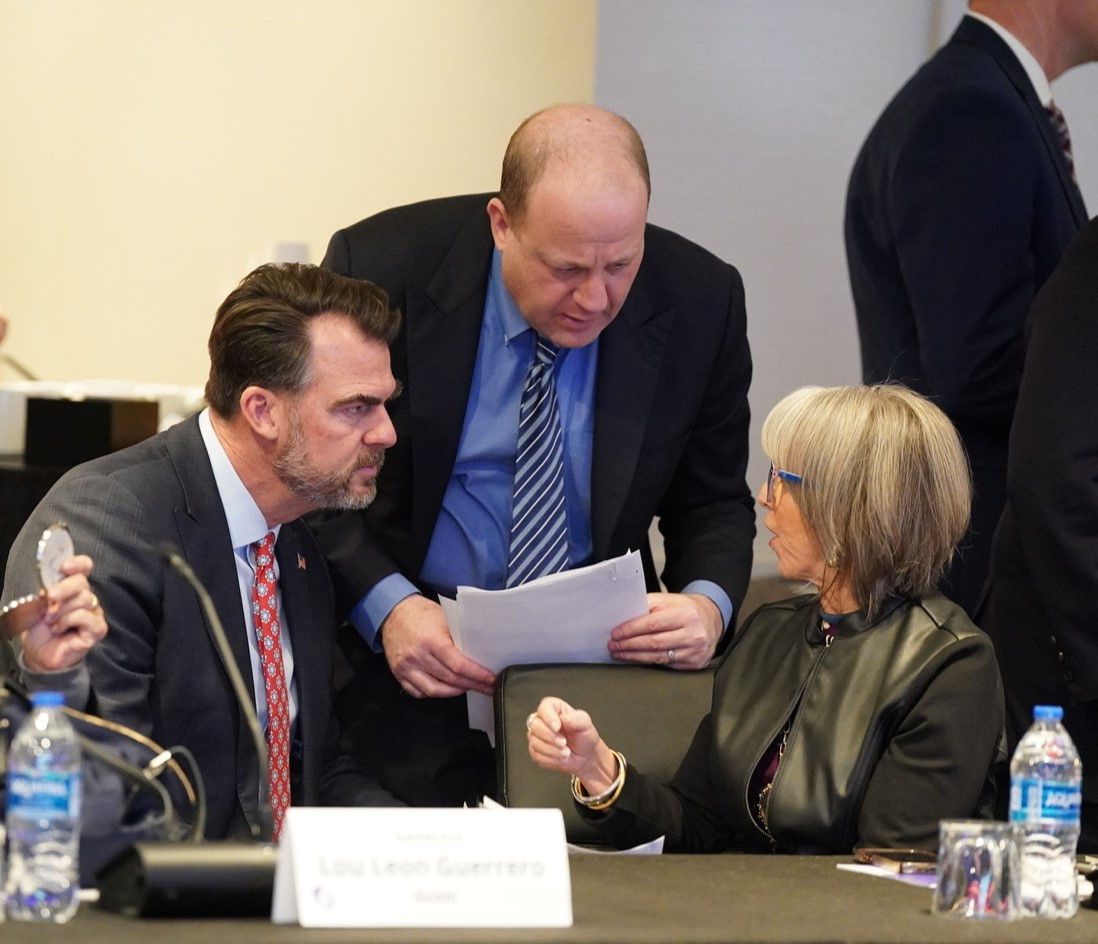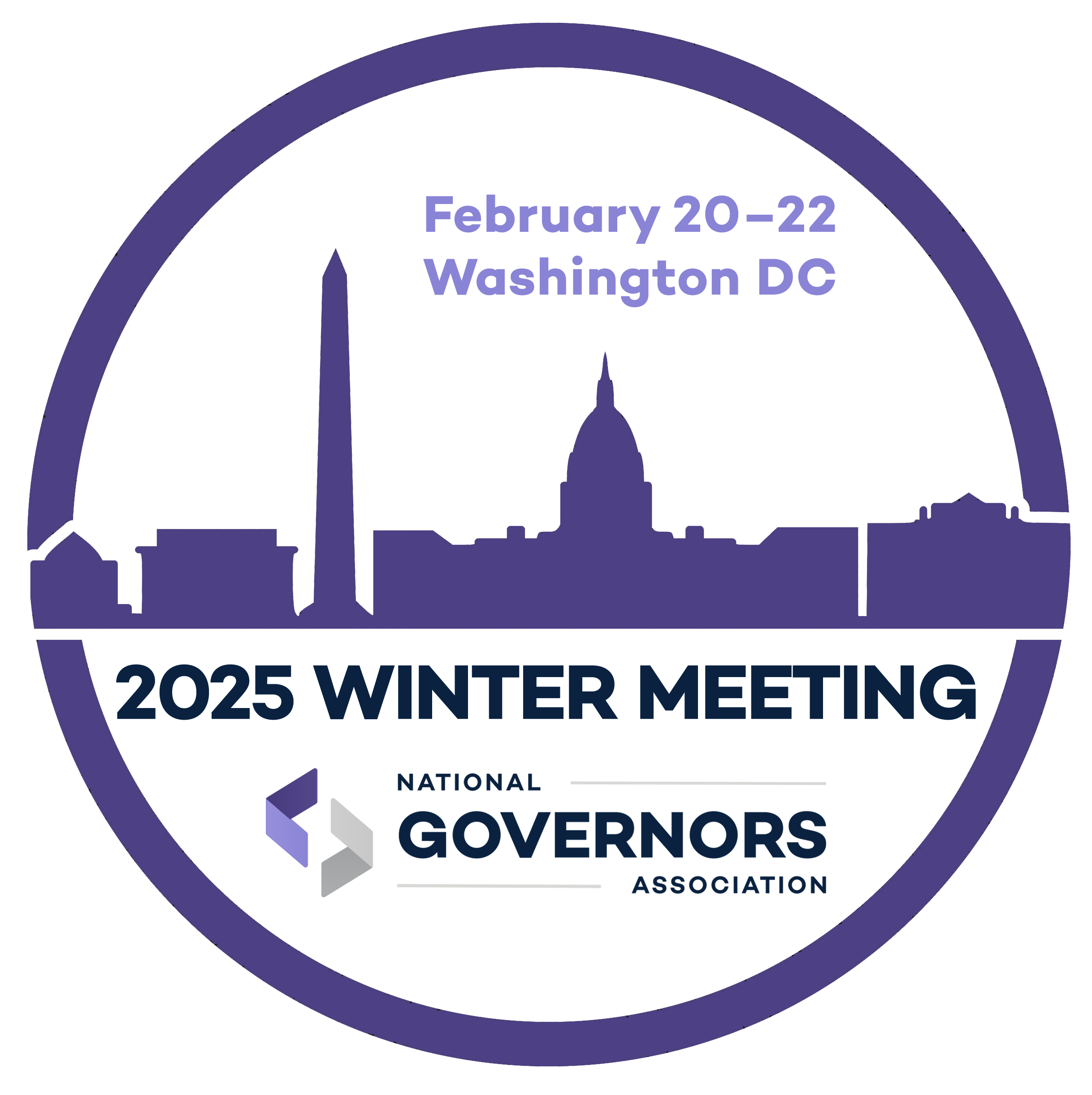Nearly all higher education institutions are at least partially closed and have shifted to online instruction during the spring semester. The residential and communal aspects of higher education pose considerable health risks that will require a nuanced approach to reopening. Reopening plans have come almost exclusively from colleges and universities themselves. According to the Chronicle of Higher Education, about 750 institutions have announced plans for the fall as of May 22, and 65 percent of those institutions are planning for in-person instruction this upcoming semester.
The status of colleges and universities will all but certainly continue to garner significant public attention. Governors should consider the following key issues when developing reopening strategies:
- ➢ A clear public health framework that can be implemented alongside campus reopening efforts
- ➢ Alignment with the public health metrics of the communities where these institutions are located
- ➢ An inclusive approach that acknowledges the diverse higher education sectors, different institutional planning needs, and the unpredictable nature of student behavior
- ➢ Clarity of guidelines to address liability concerns facing institutional leaders
All NGA COVID-19 memos can be found here, or visit COVID-19: What You Need To Know for current information on actions States/Territories are taking to address the COVID-19 pandemic; as well as advocacy, policy, and guidance documents for protecting public health and the economy.

